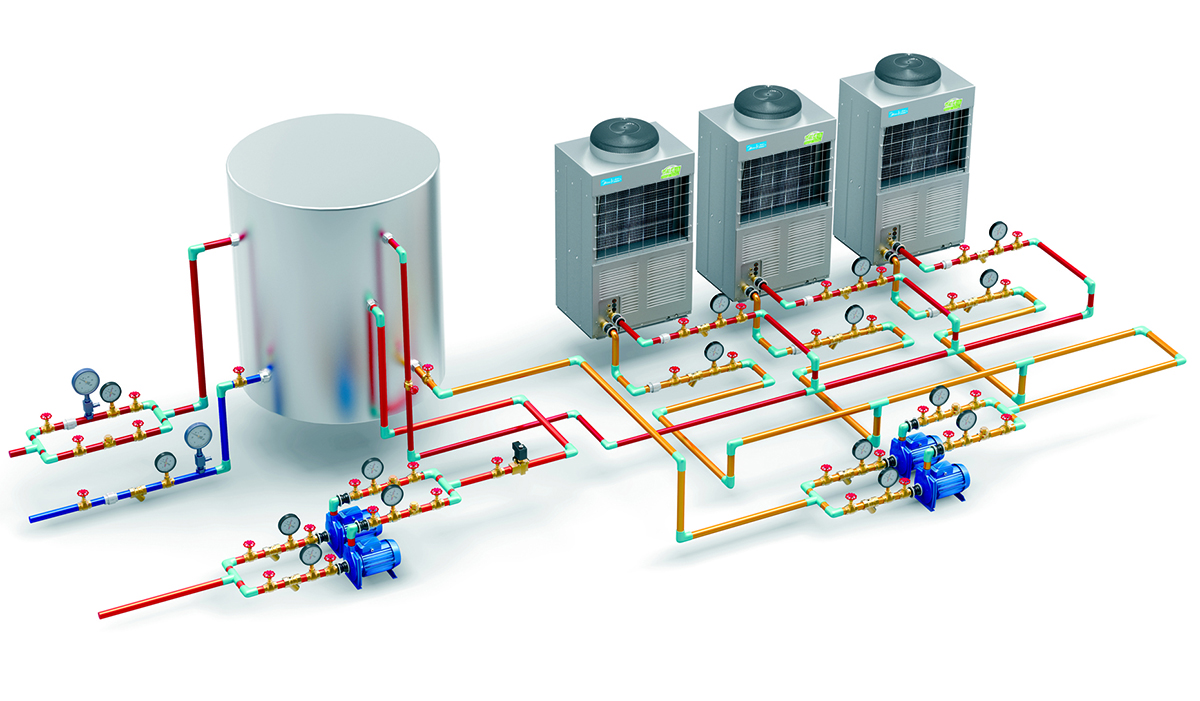The main components of a heat pump include refrigerant, compressor, condenser, expansion valve, and evaporator. Through the control of multiple valves and pumps, the heat pump system is capable of transferring heat from a lower temperature area to a higher temperature area, offering both cooling and heating functionalities. Currently, there are three typical types of heat pump air-conditioning systems on the market: direct, indirect, and direct heat pump air-conditioning systems with enhanced vapor injection. Among them, heat pump air-conditioning systems utilizing enhanced vapor injection technology can alleviate the issue of low heating efficiency in low-temperature environments. Currently, domestic manufacturers are also gradually developing and testing heat pump systems that adopt this technology.

The core principle of the heat pump system is a closed-loop circuit, where the medium is known as refrigerant or coolant. It is continuously compressed and expanded within this circuit. During each compression and expansion cycle (i.e., each working cycle), the refrigerant ‘extracts’ heat from a low-temperature environment and transfers it to a high-temperature environment. Air is not used as the refrigerant, despite being non-polluting and cost-free, because its thermal efficiency per working cycle is quite low. The actual refrigerant used is a liquid that evaporates when absorbing heat and condenses when releasing heat. The change in liquid state significantly enhances thermal efficiency during each working cycle. By reversing the cycle, such equipment can be used for both heating and cooling.